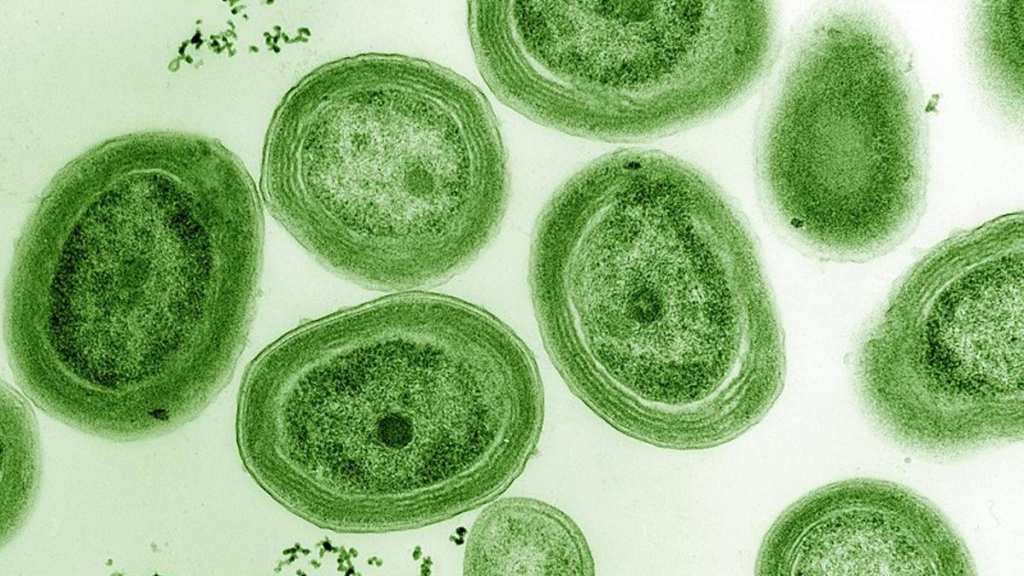In a world facing climate change, biotechnology is emerging as a key ally in the fight to reduce greenhouse gas emissions. Scientists are exploring the potential of microorganisms such as cyanobacteria and microalgae to capture carbon from the atmosphere and convert it into useful products, ranging from biofuels to protein-rich foods. This breakthrough not only offers sustainable solutions but also points to a revolution in sectors such as agriculture and energy.
How Does Microbial Carbon Capture Work?
There are two main methods:
- Microbial Photosynthesis: This process involves organisms that capture carbon and convert it into biomass using solar energy.
- Capture Using Renewable Sources: Some microorganisms process CO2 with energy derived from hydrogen or organic waste, transforming it into biodiesel or fertilizers.

Impact on Sustainability
- Reduction of Fossil Fuel Use: Biofuels derived from microorganisms could replace petroleum in various applications.
- Food Production: Single-cell proteins obtained from microorganisms could replace agricultural crops like soybeans, mitigating deforestation and biodiversity loss.

Implications for Sports and Health
This approach has indirect applications in the world of boxing and sports in general. By reducing greenhouse gas emissions and promoting clean energy sources, it fosters a healthier environment. Additionally, the development of microbial proteins could enhance the diet of athletes, offering sustainable, nutritionally rich alternatives.




